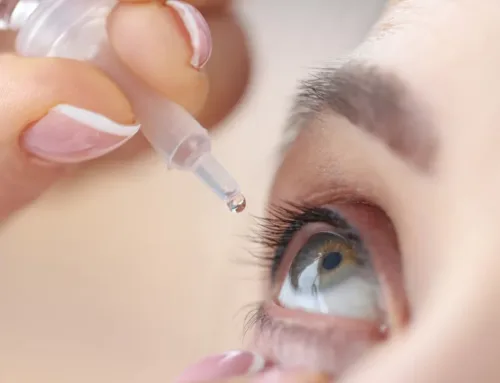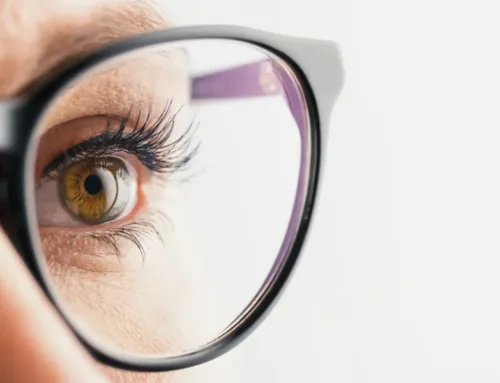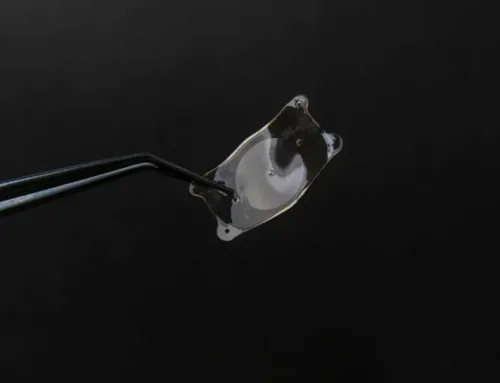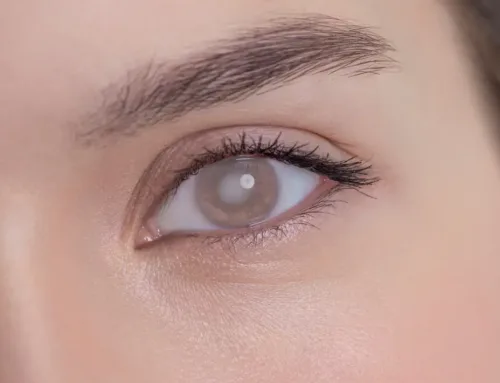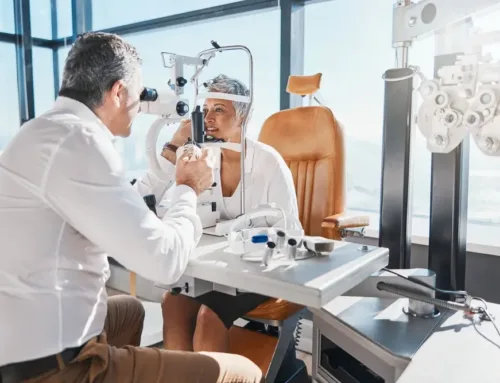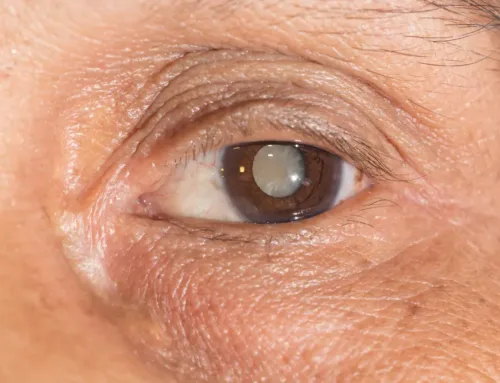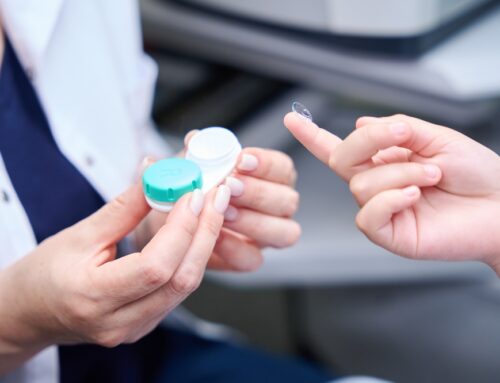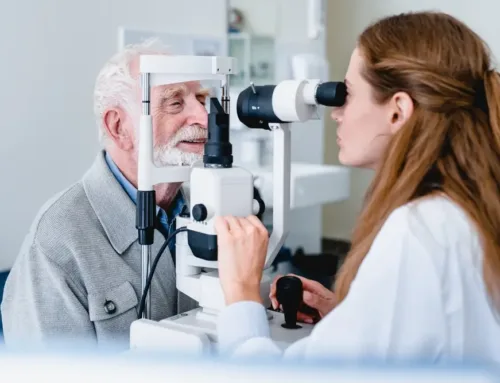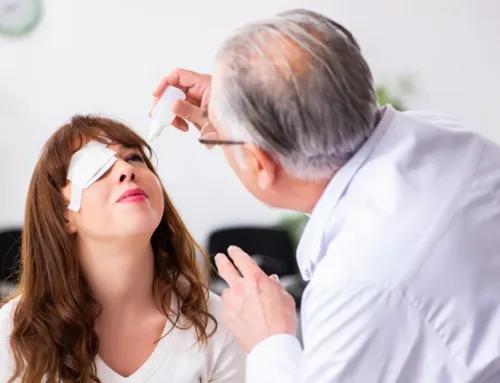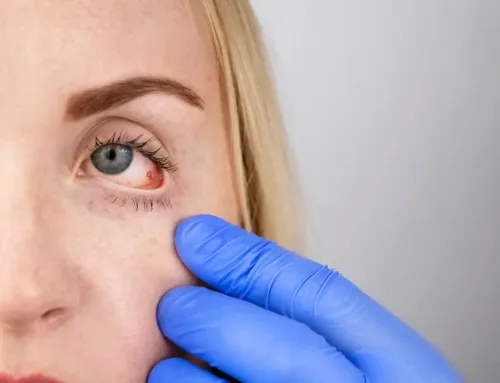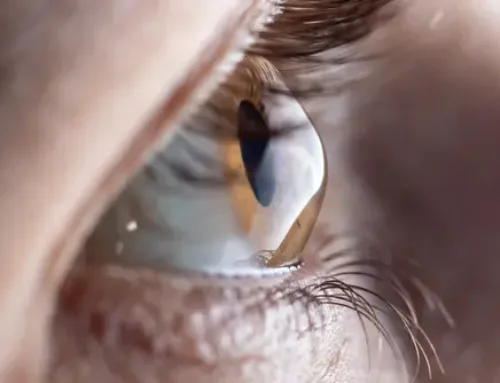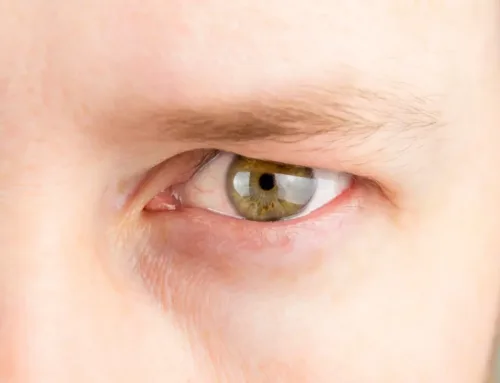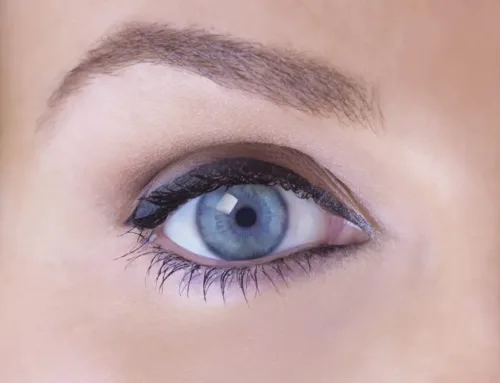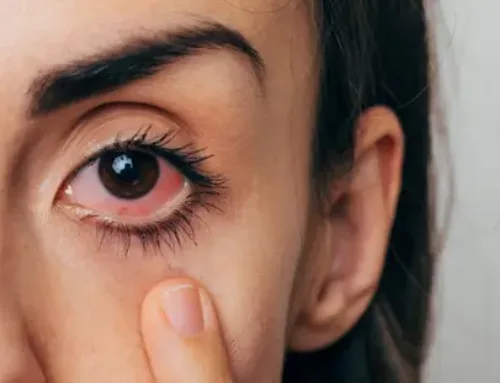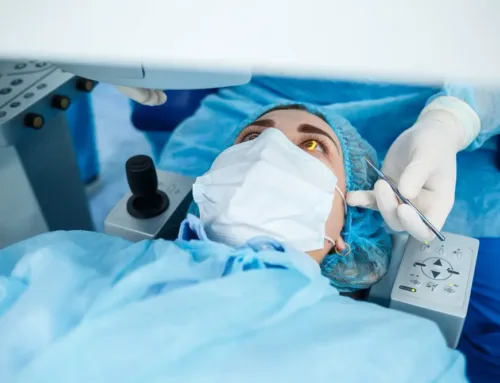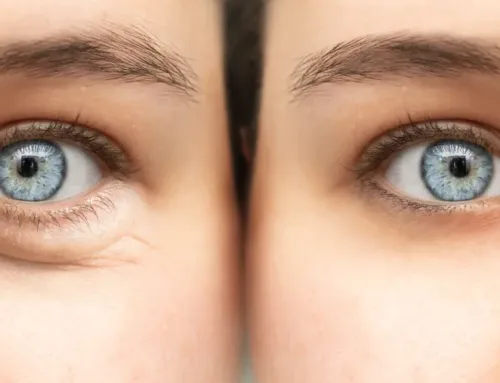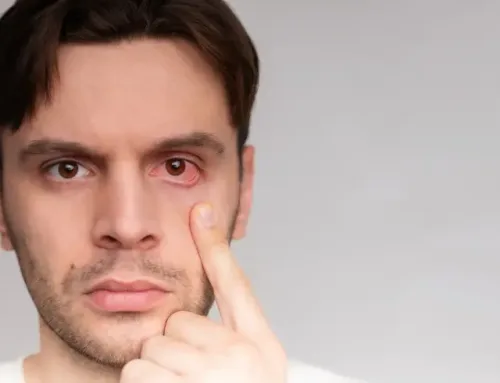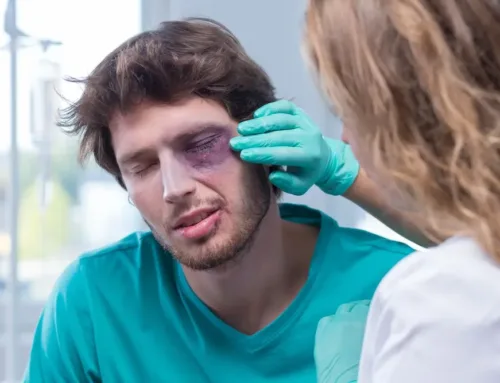Eyelids can lose their elasticity and age. As a result, the under eyes become baggy, and your top eyelids begin to droop. The good news is that you can correct this through blepharoplasty. 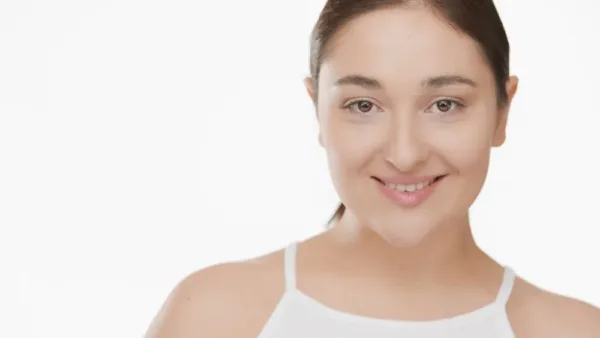
What Is Blepharoplasty?
Blepharoplasty is a type of eyelid surgery that removes the excess muscle, fat, and skin that causes your eyelids to droop.
Aging stretches your eyelids and weakens the supporting muscles. As a result, your upper lids droop, your eyebrows sag, and you get bags under your eyes. All the changes occur due to the excess fat that gathers below and above your eyelids.
Severe sagging skin surrounding your eyes can change your appearance and affect your peripheral vision. Blepharoplasty makes your eyes look more alert and younger. The surgery also eliminates vision problems affecting the outer and upper parts of the visual field.
Candidates Of Blepharoplasty
Blepharoplasty suits individuals who are healthy and are realistic about their expectations. You can have the surgery if baggy or droopy eyelids are common in your family. However, most candidates for the procedure are over the age of 35, and most commonly even older.
How To Prepare
You will likely need a designated driver to take you home after the procedure. It is also essential to have company the night after the surgery. Plan to take a break from work after the surgery to allow your eyelids to heal. Some patients experience dry eyes that last up to two weeks. But if the symptoms last for more than two weeks, talk to your doctor.
What To Expect
A blepharoplasty procedure takes two hours if your surgeon works on the upper and lower lid together. There will be some form of anesthesia for the procedure.
Your eye surgeon will first start on your upper eyelids if your four eyelids need surgery. During the procedure, your surgeon will make incisions along the natural lines of the eyelids. They will then separate the underlying tissue from the eyelid skin to remove excess skin and fat. They may also remove muscle if necessary and indicated. Your surgeon will close the incisions next by making stitches.
The lower eyelids may become stitched or not, depending on the technique your surgeon uses. The stitches on the upper lids may last for three to six days. After your surgery, you will stay in a recovery room for monitoring. You may leave later that day to continue healing at home.
Your eyelid may feel sore and tight after the eyelid surgery. Your eyes may have light sensitivity, may be dry, itchy, watery, and sticky. You may experience blurry vision for a couple of days.
It is essential to talk to your ophthalmologist about the risks of blepharoplasty and surgery in general before committing to the procedure. Understand the pros and cons to help you decide whether the surgery suits you.
For more on blepharoplasty, call Treasure Coast Eye Specialists in Florida. You can reach us at our office in Port Saint Lucie 772-400-2400 or Stuart 772-286-0007.


